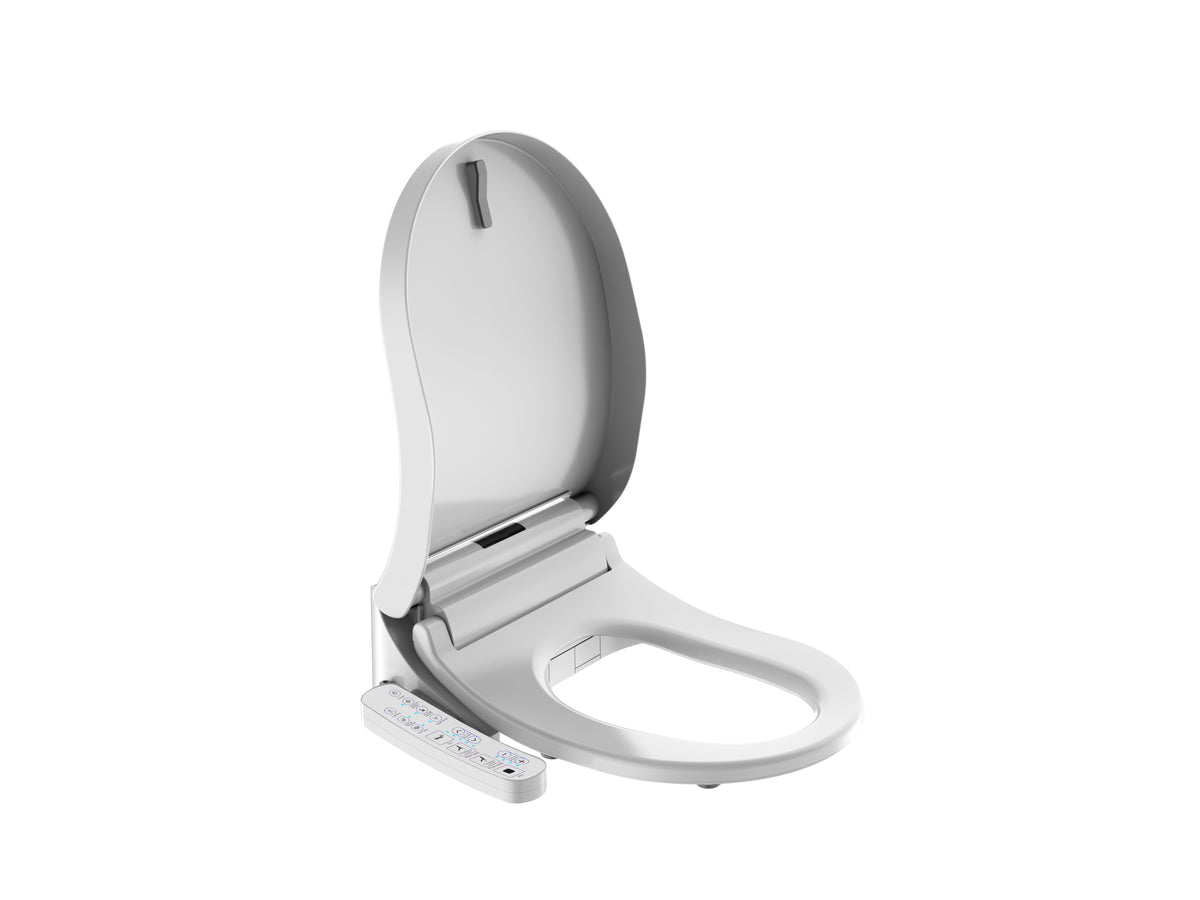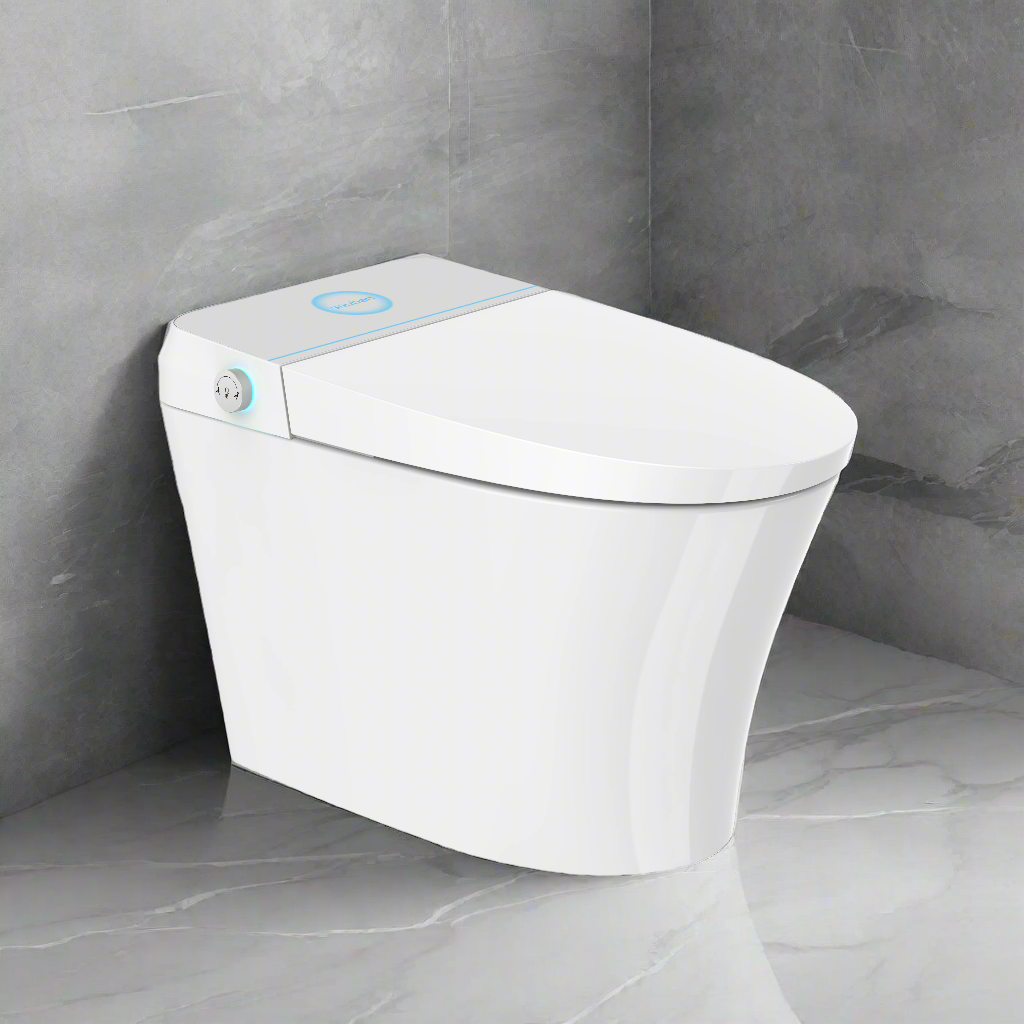For those with physical disabilities, using the bathroom can be a difficult task - particularly if the facilities aren't made with disabled people in mind. In the UK, there are regulations and guidelines in place that guarantee disabled people will have access to suitable toilet facilities – making life easier and more comfortable for everyone in society. In this blog post, we'll take a look at what these regulations are covering disability access in bathrooms across Britain so you can feel informed and empowered every time you visit a new venue.
What does The Equality Act 2010 mean for disabled bathrooms?
The Equality Act 2010 set a new standard for toilet equality by aiming to ensure that disabled individuals have access to the same toilet facilities as their non-disabled counterparts. This law ensures that there is an increase in accessible toilet facilities, particularly in public and workplaces. The Equality Act 2010 also means that it is now illegal to discriminate against people with disabilities when it comes to toilet use or access.
Disabled bathrooms are larger, often fitted with special equipment and sometimes offer higher levels of privacy for wheelchair users than conventional bathroom stalls. This change in legislation provides invaluable support and gives disabled people much greater accessibility and freedom.
Changing Places Toilets
Changing Places toilets are larger disabled toilets which have been designed to meet the needs of disabled people who rely on support from a carer or family member. Sitting on a toilet alone can often be uncomfortable, and some disabled users need more room to use the facilities. Changing Places toilets provide this extra space and access equipment such as an adjustable height adult-sized changing bench, a hoist, and plenty of space for both the user and their carer.
Such facilities offer disabled people expression, independence, dignity and comfort while out in public places. While the number of Changing Places toilets is growing across the UK, more local authorities need to take action in order to ensure that all public areas are inclusive for everyone.

How large should a disabled toilet be?
Having disability-friendly restroom facilities is not only an important building regulation but is also a crucial step in creating an inclusive environment for everyone. The size of a disabled toilet can, therefore, have a considerable impact on user comfort. A disability-friendly toilet should be wider than ordinary toilets and include ample room to fit any assistive aids that may be required by those with disability needs.
Furthermore, the space should allow for an extra-large radius turning area to give wheelchair users more freedom of movement within the restroom alcove. Finally, disability-friendly bathrooms should be equipped with discreet sensor-activated flushing systems to assist in independent usage. All of these elements are crucial for having disability-friendly restrooms that work for everyone.
Lights, ventilation & temperature control
Disabled bathrooms require special attention due to their unique needs and requirements. Easy access, appropriate lighting, ventilation and temperature control should all be taken into consideration when designing these spaces. For example, motion-activated lighting is a must in order to provide greater accessibility for those with limited mobility. In addition, air circulators should be centrally located near the ceiling for a more comfortable setting that promotes better air quality.
Last but not least, since many disabled bathrooms can become quite warm or cold at times, flooring capable of providing thermal insulation will ensure comfort levels remain consistent throughout the day. With the right approach to design, disabled bathrooms can be tailored to meet the specific needs of individuals while also creating an environment conducive to privacy and relaxation.
Waste disposal systems
Ensuring that disabled bathrooms are outfitted with suitable waste disposal systems is essential to provide maximum accessibility. Easy-to-reach waste disposal receptacles in disabled bathrooms create a cleaner and more comfortable bathroom experience for those with disabilities, making them feel included and respected when using public facilities. Improperly installed trash cans or those placed too high from the ground can be difficult, uncomfortable or even dangerous for people with limited mobility or other physical impairments.
While any waste receptacle in a disabled bathroom should be able to accommodate all kinds of waste, users also need to be able to access it safely; good installations include clearly marked signage and easy-to-handle levers for users to safely dispose of their garbage without causing injury or putting too much strain on their bodies.
Fixtures for wheelchair users
Fixtures for wheelchair users are essential for individuals to be able to enjoy daily experiences without extra struggle. Everything from the width of doorways and hallways to the height of countertops can make life easier for wheelchair users if carefully planned ahead. Many businesses and facilities have gone a step further in recognizing a growing population of people with disabilities by installing fixtures such as access switches, sink heights and low-reach shelving to make their space more accommodating. Overall, fixtures designed specifically for wheelchair users provide freedom, progress and accessibility to everyday activities with less hassle.
Emergency alarms
With so many elderly, disabled and other persons with difficulties accessing public facilities these days, the implementation of emergency alarms in disabled bathrooms is an important first step in safeguarding the well-being of those who use them. The alarm system would raise an alert if someone has been in the restroom for too long or has become trapped in some way. This can serve to put family members and carers at ease as they would be able to quickly summon help in case of an accident or medical emergency.
Grab rails and supports
Grab rails and supports are essential features of disabled bathrooms. By designing accessible bathroom layouts, grab rails help provide a safe and comfortable environment for those with impairments. Not only do they provide security while navigating a space, but they can aid in the transfer from one surface to another and help empower individuals to use the restroom independently. Moreover, grab rails help prevent falls in certain areas such as steps or raised surfaces, helping ensure the safety and well-being of everyone who enters. Installing these essential features ensures that all users can enjoy more fulfilling lives.
Ensuring surfaces are slip resistant
Ensuring the surfaces in disabled bathrooms are slip resistant is an important part of keeping users safe. Slip-resistant surfaces can be achieved through a variety of methods like using specific tiles, textured finishes and slip-resistance coatings. Floor mats with drainage holes and anti-slip strips should also be used near fixtures and at the entryway to provide an extra layer of precaution against slips, trips, and falls in these areas.
However, it's not enough to simply have these materials present; routine cleaning and maintenance protocols should be established to ensure that they remain effective long-term. By taking these steps, disabled bathroom users will have peace of mind knowing that the surfaces they walk on are as slip-resistant as possible.
Is a disabled bathroom compulsory for businesses?
Businesses in the UK are legally obligated to provide disabled bathrooms, as it helps promote equality and inclusion by creating easier access to areas used by the general public. Not having a disabled bathroom in a public space may cause inconvenience to those who require special accommodations and can also be considered discriminatory.
For example, not having an accessible bathroom at a restaurant often leaves customers with no choice but to forego their visit. Therefore, businesses must ensure that they comply with the regulations laid out by the law when it comes to providing disabled toilets for their customers and employees alike. This is an important step towards making society more inclusive and accommodating of people with disabilities.
Conclusion
The importance of having disabled bathrooms available and tailored to all users goes far beyond just convenience – it’s about making sure everyone has equal access and freedom to go about their day-to-day life, as well as being able to experience events and venues without worry or extra effort.
Even small changes such as making doors slightly wider and ensuring there are appropriate grab rails or handles can make a large difference. It is important, then, that the UK’s regulations on disabled bathrooms are clear and adhered to so that those with disabilities can remain independent for longer in the most comfortable environment possible.
Ultimately, following these regulations will benefit everybody in due course – there should never be any impediments standing in the way of one's freedom.
Our smart toilet seats come fitted with a bidet, dryer, UV sanitiser and much more, making the toilet more accessible than ever for the mobility-impaired. Shop our full range of smart toilet seats today.


